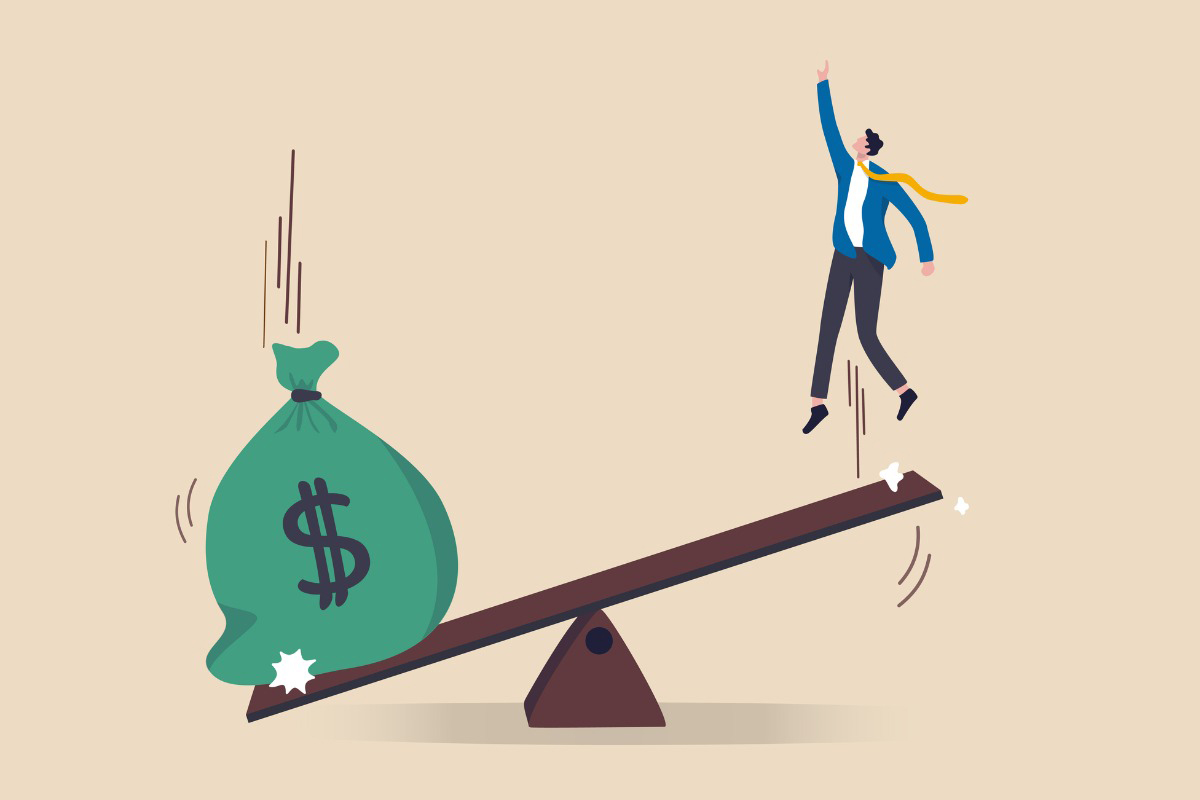
What’s it like to work for the glam asset of the investment field? Lucrative, exhilarating, scary? A book is out that describes the ups and downs of the ever-dramatic private equity world, colorfully painting it as something between an infantry platoon in combat and a World Series champion’s locker-room celebration.
The book, Two and Twenty: How the Masters of Private Equity Always Win, taps into a widespread fascination about this field. For one, the top names in the business are famous. Think Henry Kravis, David Rubenstein, Stephen Schwarzman, Leon Black, David Bonderman. And they’re rich. Billionaire rich.
Yes, private equity may be the bomb, but lately it’s not packing the wallop it once did, as the stock market has slipped. PE exits, where the buyout firms make most of their money, have dipped: Sales of portfolio companies are down by a third in the year’s first two quarters, to around $350 billion, per Preqin data. Nonetheless, asset allocators have profited handsomely from private equity and expectations are that 2022 will be an OK year all told.
Two and Twenty’s author, Wall Street veteran Sachin Khajuria, used to work for Apollo Global Management. He laments that not enough people understand and appreciate PE’s contribution to wealth creation. After all, he writes, the buyout biz is “the financial equivalent of turning water into wine.” The sequence: buy an underperforming company with borrowed money, turn the place around, flip it for a handsome gain.
The phrase “two and twenty,” of course, refers to the PE operators’ penchant for taking 2% of assets under management as a yearly fee and 20% of any profits. (There has been some tinkering with this formula in recent years, but the PE firms still do very well, thank you.) Despite the exit slowdown in 2022’s first half, the PE industry is in strong financial shape, boasting $3.6 trillion in dry powder, by the estimate of Bain & Company.
One part of the PE process that the author doesn’t dwell on is that layoffs often ensue when buyout firms take over a company and proceed to cut costs. In one instance, he mentions dispassionately that an anonymous PE company he calls the Firm, after taking over a plastics manufacturer, went about “slashing headcount” and imposing “harsh severance terms for the departing employees.” That’s all you get about the bloody part of the deal.
Rather, Khajuria stresses the argument that PE firms improve their target companies and inject capital into them. Plus, they do a good job for pension beneficiaries, he goes on, praising the PE folks’ “mission to serve retirement systems as a for-profit enterprise.” Indeed, in 2021, PE gained 53% for the Pennsylvania State Employees’ Retirement System, powering its 17% advance overall.
What does it take to work at PE firms? Khajuria makes a point that these outfits attract, like the Men in Black, only the best of the best. PE, he says, is “where the most talented young minds go to make their mark.” He paints a picture of a new hire at a PE firm, who discovers he and his peers “all love it, the energy of the place, the sense of purpose and achievement.”
At the same time, there’s an ever-present anxiety that something will go wrong. He recounts waking up to an e-mail from the Firm’s founder about a recent acquisition. “Sounds like a problem,” the chilling missive read. Things had gone awry with the investment; it happened to be the plastics company. The founder demanded “a crisp update within a few hours – with concrete progress.”
Khajuria contends that private equity is a subject that all should know about as it benefits retirement accounts and so much more. After all, he adds, “we all have some skin in this fascinating game.”
Related Stories:
Private Equity, the Hot Asset Class for Allocators, Faces Headwinds
How Private Equity Can Ride Out the Rough Patch
How Much Private Equity Is Too Much for a Public Pension?
Tags: Acquisition, Apollo Global Management, dry powder, exits, Private Equity, Sachin Khajuria, Two and Twenty
